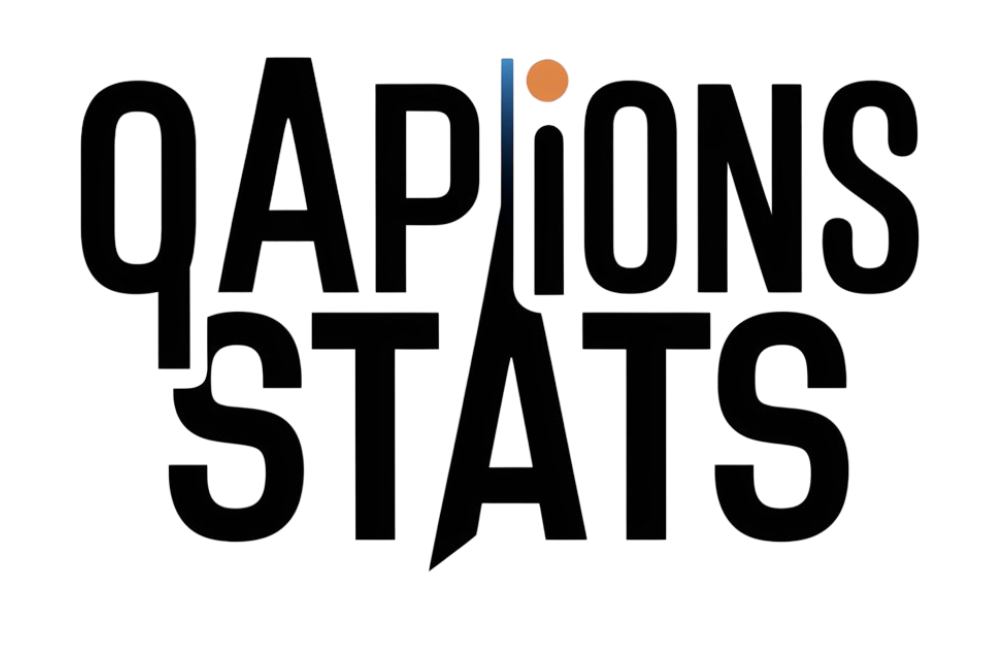Too many app ideas start at the whiteboard and jump straight into code.
A founder has a breakthrough. A client signs a check. An investor nods. And before the problem is fully understood, sprint planning begins.
But the best teams don’t fall for this shortcut. They know building a great app has little to do with building fast. It’s about building the right thing first.
That’s what separates an average mobile app development company from one that actually ships product users remember. Especially in cities like Austin, New York, or San Francisco where speed is a commodity and outcomes are the real differentiator. Teams are learning that planning isn’t a delay. It’s the edge.
1. Great Teams Start with Use Cases, Not Features
Bad teams think in features. Good teams think in use cases. Great teams start with outcomes.
Before a line of code is written, they ask:
What’s the job the user is hiring this app to do?
That’s not rhetorical. If you don’t have a sharp answer to that, the entire stack is built on a guess.
Teams that ship meaningful apps don’t talk about “building a dashboard.” They talk about helping Sarah, the warehouse manager, reorder faster before shelves run dry. They don’t propose “adding notifications.” They fix missed follow-ups for time-crunched sales reps.
This isn’t semantics. It’s a strategy. You can’t measure the value of a feature without first understanding what it’s supposed to fix.
2. They Kill 80% of the Backlog Before Day One
Feature requests are cheap. Every stakeholder has a list. And if you’re not careful, they all make it into the roadmap.
But great teams know that the moment a feature is coded, it starts costing you: in maintenance, UI complexity, onboarding, support, and more.
That’s why they start with ruthless subtraction.
The best teams cut the backlog until it hurts. They ask:
● Will this feature be used weekly?
● Does it directly support a core job to be done?
● Can we measure its success in user behavior?
Most of what gets proposed won’t pass that test. And that’s a good thing. Because the fewer features you ship, the more likely users are to master them.
3. They Write User Stories That Sound Like Real People
Here’s a litmus test:
Read your user stories out loud. If they sound like someone might actually say them, you’re on the right track.
Bad teams write:
“As a user, I want to export a CSV of data.”
Good teams write:
“As a hiring manager, I want to quickly share a shortlist with my team before our Monday sync.”
Great user stories reduce ambiguity. They clarify who the user is, what they’re trying to accomplish, and in what context. This isn’t fluff. It’s the foundation for every design, test case, and metric that follows.
4. They Prototype Conversations, Not Just Screens
It’s tempting to mock up screens early. But the best teams know: UI isn’t what makes an app work. Conversation is.
Before they open Figma, they write the dialogue.
● What should the app say when a user gets stuck?
● What does the error message say when payment fails?
● How does onboarding introduce value without a single button click?
Even more importantly: they prototype with real users. Not stakeholders. Not investors. People who would actually use the product.
Because feedback from real users before code is worth 100x more than bug reports after launch.
5. They Plan for What Will Go Wrong
Great app teams assume their app will fail in very specific ways.
They ask:
● What happens when a network drops?
● What if the user skips onboarding?
● What if the AI gets the prediction wrong?
They don’t just catch these cases. They plan for them. Not with excuses. With defaults. With fallbacks. With copy that explains and recovers.
Why does this matter before writing code?
Because error states often require entirely new flows. And if you don’t think through them up front, they get duct-taped on later. That’s when users churn not because your core feature didn’t work, but because the app felt fragile when life happened.
6. They Measure Before They Build
Here’s where most teams fail: They define success after launch.
Great teams flip that.
Before the first ticket is assigned, they ask:
● What specific user behavior are we trying to change?
● How will we know we’re successful?
● What metrics tell us we’re building something people want to keep using?
This isn’t about dashboards for leadership. It’s about having a compass during development.
You can’t optimize what you can’t observe. And you can’t observe what you never instrumented.
So the best teams design analytics early. They embed instrumentation into user stories. They validate it in the prototype. They make metrics part of the build not an afterthought.
7. They Align Tech Stack With Product Reality
Too many decisions about architecture are made by engineers thinking about scale instead of speed.
But great teams get this right: You don’t need the best stack. You need the right stack for the job.
If you’re building a prototype for 50 users, you don’t need Kubernetes. If you’re testing an idea with 100 beta users, serverless might save more time than it costs in tradeoffs.
That’s where experienced teams shine. They match tech decisions to product stages. They optimize for time to learning, not time to perfection.
It’s also where teams in markets like mobile app development in Austin are seeing gains. They cut months off timelines not by skipping steps, but by aligning infrastructure to actual user needs, right from the start.
8. They Think Like Product Educators
No matter how “simple” you think your app is, every app has a learning curve.
Great teams don’t fight this. They embrace it.
They ask:
● What will confuse users on Day One?
● How can we reduce hesitation?
● How do we celebrate the first success the user has inside the app?
They design activation like a classroom, not a tour. They teach with interaction, not static walkthroughs. They give users early wins.
And most importantly, they don’t write documentation about the app. They design experiences that replace documentation.
9. They Know Speed Doesn’t Mean Skipping
Move fast but don’t skip the thinking.
The fastest app teams often appear slower upfront. But that’s because they’re building the runway while others are already in the air.
They’re validating ideas, sharpening user problems, prototyping with constraints, and writing code only when it’s the most efficient way to answer a question.
The irony? These are the teams that launch faster. Because they rework less. They don’t throw away months of engineering because the spec was vague or the user story was wrong.
Speed isn’t the goal. Speed to learning is. And that only happens when planning is treated as real work, not overhead.
10. They Treat Every App as Disposable Until Users Prove It Matters
This is the final and maybe most radical truth that great teams live by: They don’t get attached.
● The prototype? It’s disposable.
● The first version? Disposable.
● The feature that took two sprints? Still disposable.
Unless it solves the user’s job, improves retention, or moves a key metric, it can go.
This mindset frees them to experiment. To cut features post-launch. To rebuild onboarding based on feedback. To pivot without guilt.
And ironically, it’s what lets them build apps users keep. Because they weren’t building to satisfy egos. They were building to solve problems that matter.
Wrapping It Up!
The difference between great apps and forgettable ones doesn’t start with code.
It starts with conversations. With questions. With the willingness to slow down before sprinting. With the discipline to ask:
Are we building the right thing? Or just building fast?
That’s what every great app team gets right before writing code. Because writing great code is the easy part. Writing the right code that’s where the real work starts.
Read more: How Lenders Work and What to Watch for When Choosing a Loan
Parenting Gamers: Finding the Right Balance
From Screen to Scene Bringing Online Lessons to Life Through Real-World Exploration



